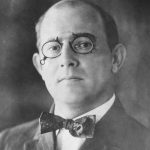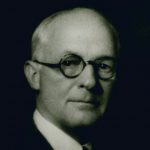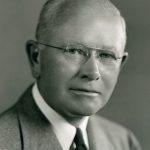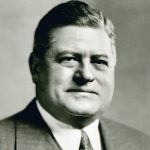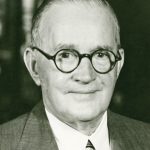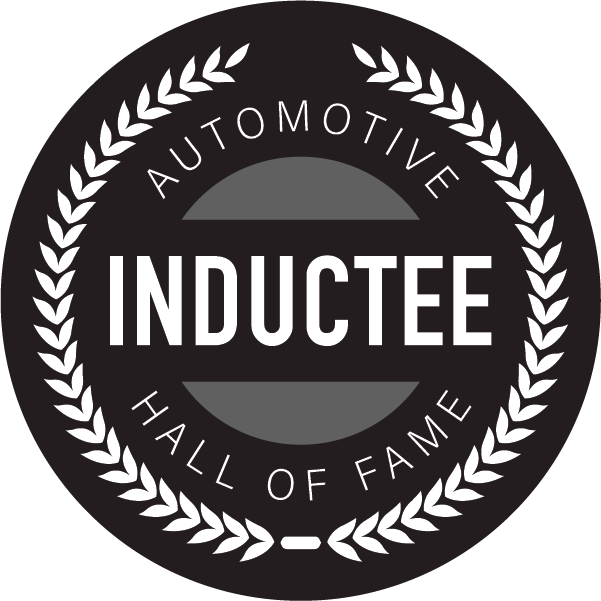Carl Fisher was a complicated man with an imagination bigger than all of Indiana.
In 1913, he led the effort to build the Lincoln Highway, the world’s first transcontinental highway connecting the East and West Coasts.
In 1914 Fisher led a drive to build Dixie Highway, connecting Florida to Michigan. By 1915, he built a barrier Island in Biscayne Bay, creating Miami Beach, Florida. Perhaps most famously, he was the visionary that led to the Indianapolis Motor Speedway, home to the annual Indianapolis 500.
Born with severe astigmatism, Fisher didn’t let poor eyesight hold him back, though it did lead to him to drop-out of school when he was 12. Regardless, his promotional genius was apparent.
He taught himself to run backwards faster than most could run forward. With this skill he could bring attention to himself, in spite of his medical issue, thus discovering the benefit of promotion through stunts and unusual feats.
When he opened his first bicycle shop in the late 1890’s, Fisher used bike racing to publicize his store, hiring celebrities like Barney Oldfield to join his team.
By 1903, Fisher, in partnership with industrialist James Allison, purchased the patent rights for acetylene-powered headlights. While electric lights would replace acetylene when cars were electrified in 10 years or so, these lamps were indispensable at the time and the new company, Prest-O-Lite, made both men rich.
While his investments were performing well, Fisher continued expanding his businesses with promotional stunts. Building one of Indianapolis’ earliest new car dealerships, he promoted it and the cars he was selling by pushing a new Stoddard-Dayton off the building’s rooftop, then driving it away, albeit on four flat tires.
The idea of an automobile racetrack came to Fisher as he witnessed the growing acceptance of automotive speed contests and the difficulty cities were having hosting them. Until now, racing was done using public roads or on horse tracks typically found at county fairgrounds.
Fisher was sure a dedicated facility would bring the attention of the industry to Indianapolis, hoping to make it the automobile manufacturing center of the United States. With investors including his Prest-O-Lite partner, Fisher thought big. He envisioned a flat 2.5-mile oval built on farmland close to the center of the city with a racing surface of crushed stone.
The first race was in 1909. Unfortunately the track disintegrated, developing deep ruts, filling the air with dust, breaking cars and puncturing tires. Six fatalities resulted. By 1911, the year of the first 500 mile race, the track had been paved with 3.2 million 10-pound bricks, leading to the name “the Brickyard”.
One hundred years later, the Indy 500, as it is now known, is perhaps the world’s best known single automobile race, thanks to the vision and perseverance of Carl Fisher.
